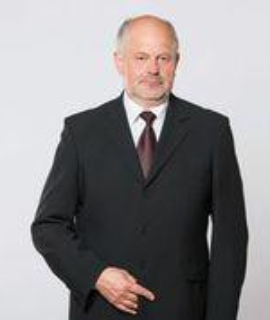Title : Assessment method of ensuring the microbial salad safety
Abstract:
Food products, like vegetables, salads and fruits are consumed directly and could be contaminated with various dangerous micro-organisms witch can endanger the health of consumers. Therefore, ultrasound treatment has been selected as a possible treatment for their elimination. The antimicrobial activity of ultrasound was tested against microorganisms Salmonella typhimurium ATCC 14028. The bacteria used in this study were stored at MicroBank at -72 ± 3 ºC before the start of the experiments. Bacteria have been revitalized in the brain heart infusion broth for 24 hours at optimal temperature and were grown on TSA agar slants for 24 hours at 37 °C temperature. After cultivation colonies were rinsed and diluted with saline solution. The suspension of bacteria cells was added into the sterile bottle with 900 ml sterile water. After this the sterile water and suspension of bacteria were poured out into sterile bottles of 70 ml. 10 g of lettuce samples were placed into each bottle with samples. There was used high-intensity ultrasonic system with submergible horn (Hangzhou Create Ultrasonic Technology Co.,Ltd) operating at a frequency of 28 kHz. 300 and 600 W UV power frequencies were selected for bacterial inactivation. Titanium sonotrode with diameter of 10 mm was submerged directly into the microorganism suspension (70 ml) and treated for 10, 20 and 30 min. At least three replicates of each treatment were performed. The Salmonella typhimurium is a gram-negative bacterium, which can be found on plants as a result of poor sanitary conditions. This bacterium has smaller cells, which is a sign of increased resistance to ultrasound. This study showed, that ultrasound treatment wasn’t as effected as predicted. The usage of 300 and 600 W UV power failed to destroy the pathogen cells, the effect of 300 W UV was not effective, as well as 600 W UV 10 minutes treatment. 600 W UV frequencies after 20 or 30 minutes had effected bacterium and decreased their amount to 100 times, but still remained (7.6 ± 1.5) 102 CFU/ml. These results showed, that ultrasound treatment should be used with additional measures in order to eliminate pathogens.



